Are you looking to add a touch of timeless elegance to your home with vintage leather furniture? Or perhaps you already have a cherished piece and want to ensure it stays in pristine condition for years to come. In this article, we will explore the dos and don’ts of caring for vintage leather furniture, addressing common concerns, and providing expert tips to keep it looking its best.
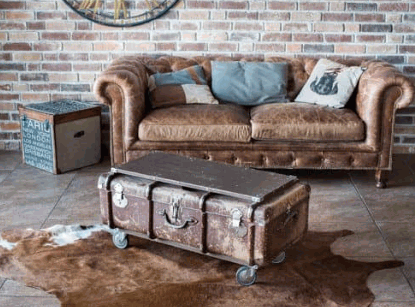
What Is Vintage Leather Furniture?
Vintage leather furniture refers to pieces crafted from leather and designed in styles that were popular in earlier decades, typically before the 1980s. These furniture items often possess a timeless appeal and showcase exceptional craftsmanship. Vintage leather furniture may consist of sofas, armchairs, ottomans, and other seating or accent pieces, and they are highly desired for their distinct character and long-lasting quality.
Uncover more: How To Clean Nubuck Leather Sofa
Why Is Caring For Vintage Leather Furniture Important?
Caring for vintage leather furniture is crucial in maintaining its longevity and aesthetic appeal. It helps prevent damage such as cracking and fading, preserving the value of these one-of-a-kind pieces. Additionally, vintage leather furniture often holds sentimental or historical significance, making its care essential for preserving memories and heritage.
To properly care for vintage leather furniture, it is important to avoid direct sunlight, regularly moisturize with suitable leather conditioners, and gently clean with a soft cloth to remove dust and dirt.
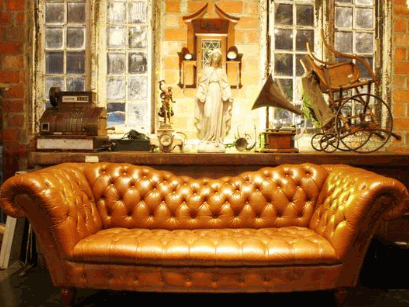
How To Clean Vintage Leather Furniture?
As beautiful as vintage leather furniture may be, it requires special care and maintenance to keep it looking its best. In this section, we will discuss the proper techniques for cleaning vintage leather furniture. From removing dust and dirt to tackling tough stains, we will cover all the necessary steps to keep your leather furniture in top condition. Additionally, we will discuss the importance of conditioning the leather to prevent cracks and maintain its softness and shine.
1. Removing Dust And Dirt
- Use a soft, dry microfiber cloth to gently wipe the surface of the vintage leather furniture, removing dust and dirt.
- For stubborn dirt, lightly dampen the cloth with water and gently wipe the affected area.
- Avoid using excessive water or harsh cleaning products to prevent damage to the leather.
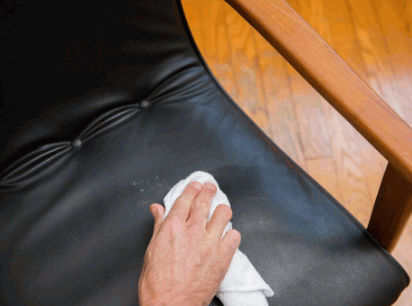
2. Removing Stains
- Blot the stain immediately with a clean, dry cloth to absorb excess liquid.
- Avoid rubbing the stain, which can spread it, and use a leather cleaner specifically designed for removing stains.
- Apply the cleaner to a clean cloth and gently dab at the stain until it lifts.
- If the stain persists, consider using a leather stain remover recommended for vintage leather furniture.
- After stain removal, condition the leather to restore moisture and protect it from drying out.
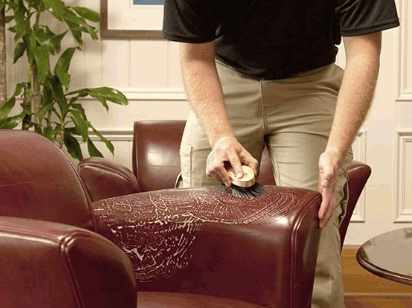
3. Conditioning The Leather
To properly condition vintage leather furniture, follow these steps:
- Clean the leather thoroughly using a leather cleaner and a soft cloth.
- Apply a leather conditioner using a clean cloth, working it into the leather in a circular motion.
- Allow the conditioner to be absorbed, then wipe off any excess with a clean, dry cloth.
Conditioning the Leather has been a practice for centuries, with traditional methods involving natural oils and waxes to preserve and soften the leather.
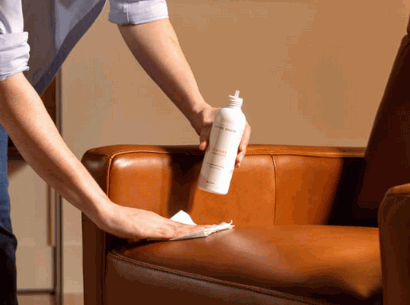
How To Protect Vintage Leather Furniture From Damage?
Vintage leather furniture adds a touch of elegance and charm to any home, but it also requires special care to maintain its beauty and longevity. In this section, we will discuss the best ways to protect your vintage leather furniture from damage. We will cover tips such as avoiding direct sunlight, keeping it away from heat sources, and using a leather protectant to ensure that your furniture stays in pristine condition for years to come.
1. Avoid Direct Sunlight
- To preserve the quality and appearance of vintage leather furniture, it is important to keep it away from direct sunlight to prevent fading and drying out.
- Consider using curtains, blinds, or UV window film to block sunlight exposure and protect your furniture.
- Periodically rotate the placement of your furniture to ensure even exposure to light and prevent any damage.
When caring for vintage leather furniture, it’s crucial to avoid direct sunlight to maintain its quality and appearance. Simple measures such as using window coverings can greatly extend the lifespan of your beloved pieces.
2. Keep Away From Heat Sources
- Place vintage leather furniture away from direct heat sources such as radiators, fireplaces, and heating vents.
- Avoid positioning the furniture under direct sunlight or near air conditioning units, as extreme temperature changes can damage the leather.
- Use a humidifier to maintain a balanced humidity level, as overly dry conditions can cause the leather to crack.
3. Use A Leather Protectant
- Choose a high-quality leather protectant recommended for vintage leather furniture.
- Apply the protectant evenly using a soft, clean cloth, focusing on areas prone to wear and tear.
- Allow the protectant to dry completely before using the furniture.
When selecting a leather protectant, be sure to choose one specifically formulated for vintage leather to maintain its natural patina and texture. Regularly using a protectant can extend the lifespan of the furniture and preserve its timeless appeal.
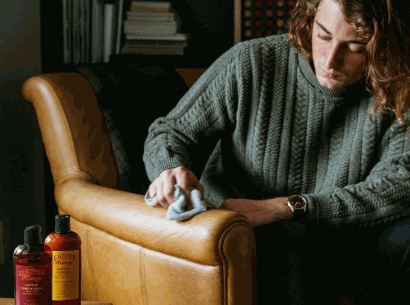
What Are The Common Mistakes When Caring For Vintage Leather Furniture?
When it comes to caring for vintage leather furniture, there are certain mistakes that many people make that can do more harm than good. In this section, we will discuss the most common mistakes that people make when caring for vintage leather furniture and how to avoid them. From avoiding harsh chemicals to regularly conditioning the leather, we will cover the key factors that can impact the longevity and appearance of your treasured pieces.
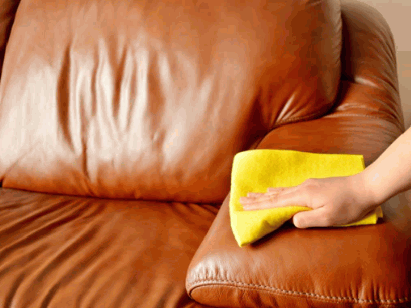
1. Using Harsh Chemicals
- Check the furniture manufacturer’s guidelines for approved cleaning products and methods, avoiding the use of harsh chemicals.
- Opt for mild soap or a leather cleaner specifically formulated for vintage leather to prevent any potential damage.
- Before applying any new cleaning solution to the entire surface, it is recommended to test it on a small, inconspicuous area first.
2. Not Conditioning Regularly
- Failing to regularly condition vintage leather can result in dryness and cracking.
- Consistent conditioning helps prevent moisture loss and maintains the suppleness of the leather.
- Make sure to condition every 6-12 months using a high-quality leather conditioner.
3. Not Following Manufacturer’s Instructions
- Be sure to thoroughly read and follow the care instructions provided by the manufacturer.
- It is important to use the recommended cleaning and conditioning products specified by the manufacturer.
- For long-term preservation, it is crucial to adhere to the suggested frequency of maintenance as advised by the manufacturer.
How To Store Vintage Leather Furniture?
Properly storing vintage leather furniture is crucial to preserving its quality and longevity. In this section, we will discuss the necessary steps for storing your furniture in the best possible way. From cleaning and conditioning the leather to choosing the right storage unit and using breathable covers, we will cover all the essential tips for maintaining your vintage leather furniture while it is not in use.
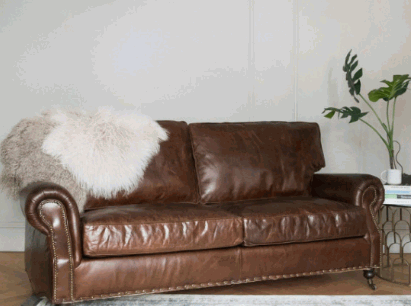
1. Clean And Condition Before Storage
- 1. Before storing, make sure to thoroughly clean and condition the vintage leather furniture to remove any dirt, dust, or stains.
2. Use A Climate-Controlled Storage Unit
- Clean and dry the vintage leather furniture thoroughly before storage to prevent mold or mildew growth.
- Choose to store the furniture in a climate-controlled unit to maintain stable temperature and humidity levels, preventing any potential damage to the leather.
- Avoid placing the furniture in areas with extreme temperature changes to prevent cracking or warping.
3. Cover With A Breathable Cloth
- Clean the vintage leather furniture thoroughly to remove any dust, dirt, or stains.
- After cleaning and conditioning, use a breathable cloth to cover the furniture and protect it from dust while allowing for air circulation.
- Make sure the cloth completely covers the furniture to prevent direct exposure to sunlight and preserve its condition.
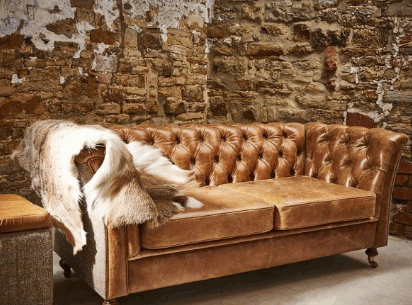

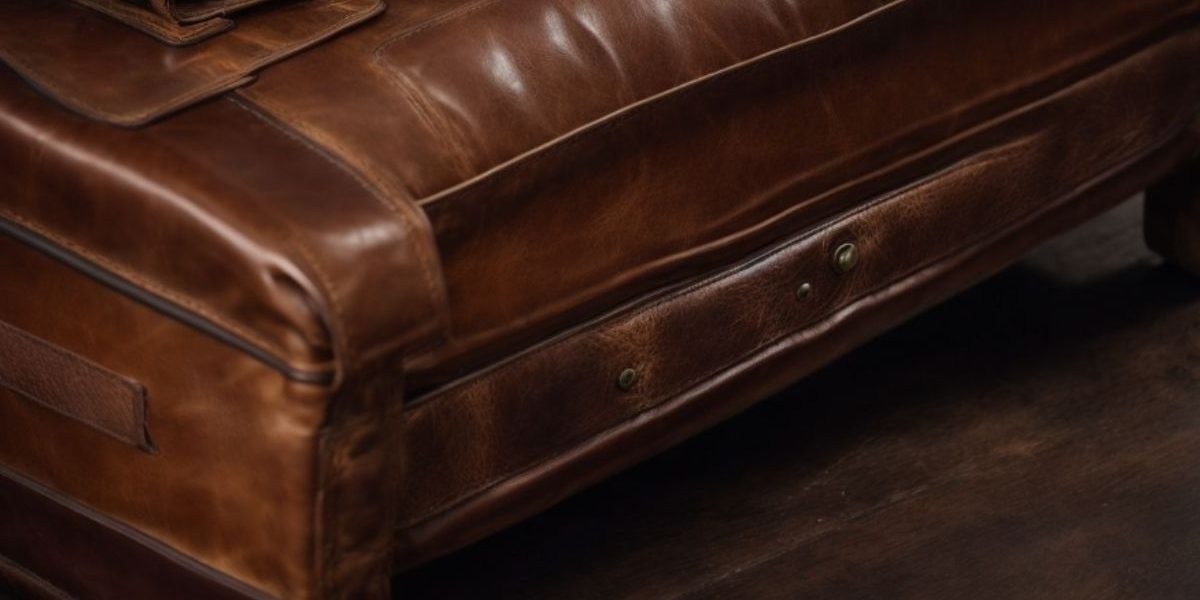
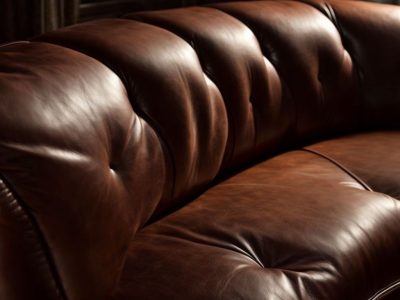
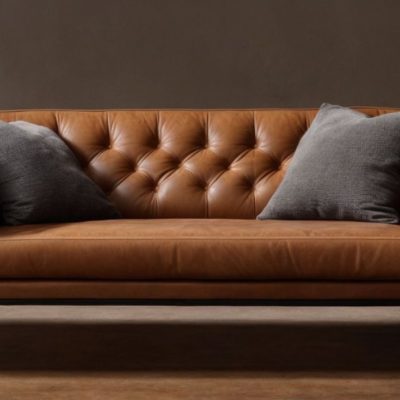
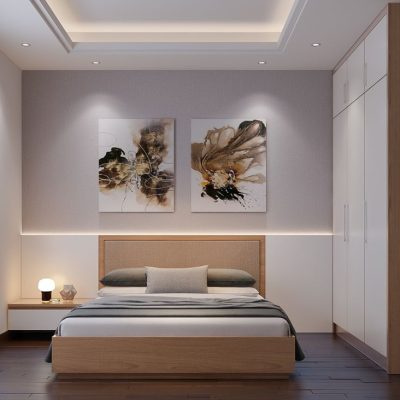
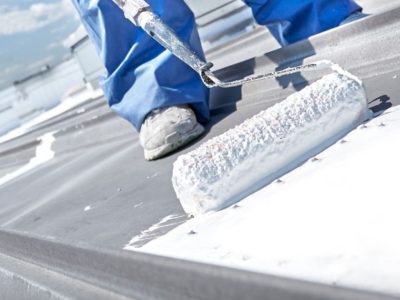

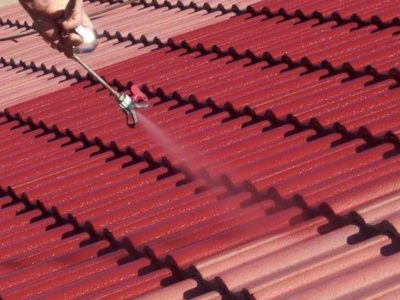

Comments